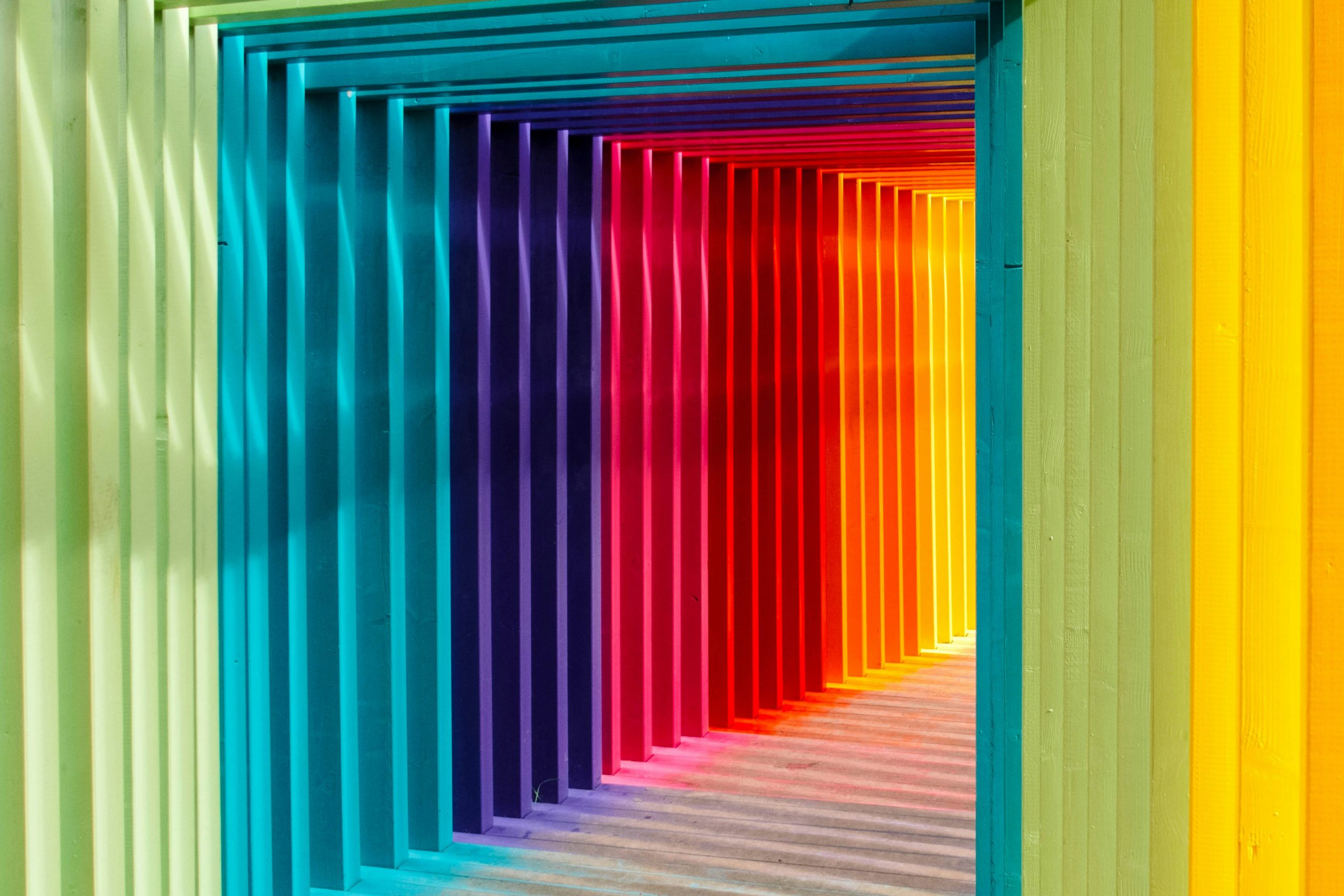
The environment we inhabit plays a significant role in shaping our emotions and well-being. One often-overlooked aspect of our surroundings that can have a profound impact on mood is color. Colors have the power to evoke specific emotions, memories, and associations, influencing our psychological state in subtle yet significant ways. Let’s explore how color can influence your mood:
- Warm Colors: Warm colors such as red, orange, and yellow are known for their stimulating and energizing effects. These colors are associated with vitality, passion, and excitement. Red, in particular, is known to increase heart rate and evoke feelings of intensity and arousal. Orange is associated with warmth and enthusiasm, while yellow is often linked to happiness and optimism. Incorporating warm colors into your environment can help boost energy levels and evoke a sense of vitality and positivity.
- Cool Colors: On the other hand, cool colors such as blue, green, and purple are known for their calming and soothing effects. These colors are associated with tranquility, serenity, and relaxation. Blue, in particular, is often used to promote a sense of calmness and reduce stress levels. Green is associated with nature and renewal, evoking feelings of balance and harmony. Purple is often associated with luxury and creativity, stimulating imagination and introspection. Surrounding yourself with cool colors can create a peaceful and calming atmosphere conducive to relaxation and mental clarity.
- Neutral Colors: Neutral colors such as white, gray, and beige are often used as background colors in interior design. While neutral colors may not evoke strong emotions on their own, they can serve as a backdrop that complements and enhances the effects of other colors. White is associated with purity and simplicity, while gray is often linked to sophistication and balance. Beige is known for its warmth and versatility. Incorporating neutral colors into your environment can create a sense of spaciousness and flexibility while allowing other colors to stand out and make an impact.
- Cultural and Personal Associations: It’s important to recognize that the psychological effects of color can vary depending on cultural and personal associations. Different cultures may have different associations with certain colors based on historical, religious, or societal factors. Additionally, individual preferences and experiences can influence how we perceive and respond to colors. For example, someone who associates blue with a calming beach vacation may find the color particularly soothing, while another person may associate blue with sadness or loneliness.
- Intentional Use of Color: Understanding the psychological effects of color can empower you to use color intentionally to create environments that support your mood and well-being. Whether it’s painting a room in your favorite calming hue, incorporating vibrant accents to energize a space, or surrounding yourself with nature-inspired greens and blues, thoughtful use of color can enhance your environment and positively influence your mood.
Color has a profound impact on our psychological state, evoking emotions, memories, and associations that shape our mood and well-being. By understanding the psychological effects of color and intentionally incorporating color into our environments, we can create spaces that support our mental health and enhance our overall quality of life.



